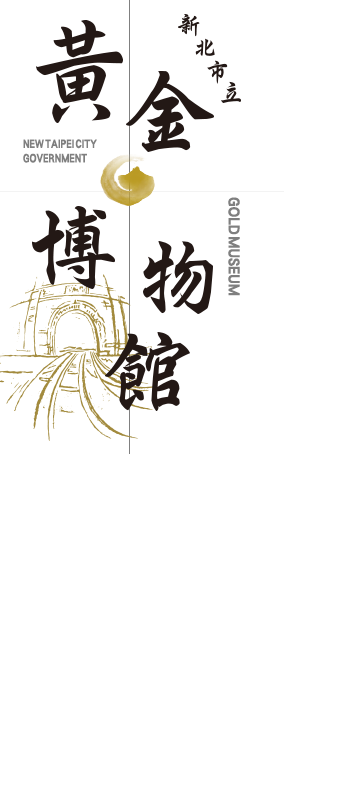:::
- Home
- Sitemap
- About the Museum
- Tourist Information
- Map of the Park
- Admission and Opening Hours
- Transportation Information
- Experiential Activities
- Tourist Service
- Guided Tours
- Frequently Asked Questions
- Are there places to stay and eat near the museum?
- What services are available at the information desk?
- Is there any catering service in the park?
- Are there any barrier-free facilities in the park?
- Is there any souvenir service in the park?
- Is there a free parking lot around the park?
- How do I get to the Golden Waterfall, the 13 Stories and the Yin Yang Sea from the park?
- Visitor Research Questionnaire
- Audio Guide / Taiwan Sign Language Video Guid
- Theme Facilities
- Collection and Exhibition
- Publishing and Creative Arts
- About Jinguashi
- Public Information
- Opening Hour
- Language


